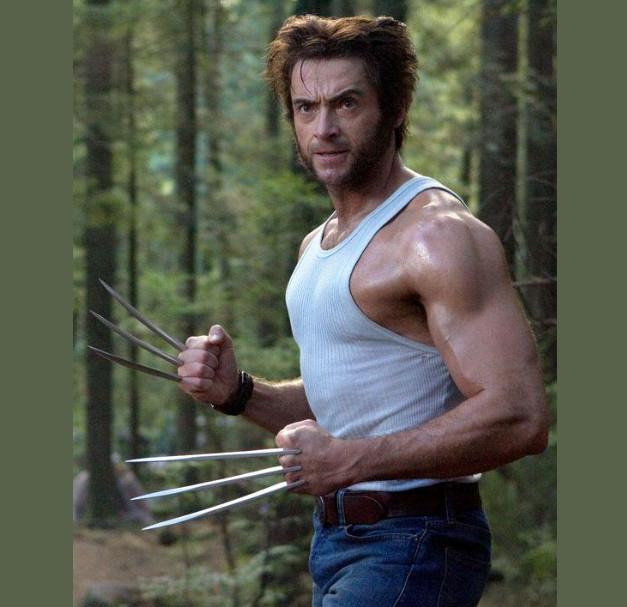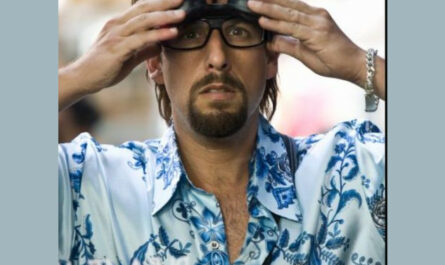Hugh Jackman’s portrayal of Wolverine in the X-Men film franchise remains iconic and beloved by fans worldwide. With his rugged charm, intense presence, and undeniable charisma, Jackman brought the legendary comic book character to life in a way that transcended the pages of the comics. While Wolverine’s origins may lie in the Marvel universe, the depth and complexity of Jackman’s portrayal were influenced by a diverse array of sources. In this in-depth exploration, we unveil the untold inspirations that molded Hugh Jackman’s Wolverine, shedding light on the surprising sources of inspiration that contributed to the character’s iconic status.
Robert De Niro: The Intense Influence of “Cape Fear” One of the most surprising sources of inspiration for Hugh Jackman’s Wolverine comes from the world of cinema, specifically from the intense and menacing performance of Robert De Niro in “Cape Fear.” In this psychological thriller, De Niro portrays Max Cady, a vengeful ex-convict seeking retribution against the family of the lawyer who failed to adequately defend him. Jackman drew upon De Niro’s portrayal of Cady’s brooding rage and inner turmoil to infuse Wolverine with a sense of simmering intensity and emotional depth. By channeling De Niro’s nuanced performance, Jackman captured the essence of Wolverine’s complex character, elevating the role beyond mere superheroics to delve into the depths of his psyche.
Clint Eastwood and Mel Gibson: Icons of Masculine Stoicism In addition to Robert De Niro, Hugh Jackman also found inspiration for Wolverine in the classic action stars Clint Eastwood and Mel Gibson. Known for their gruff demeanor, tough-guy persona, and stoic presence on screen, Eastwood and Gibson served as archetypes of rugged masculinity that Jackman sought to emulate in his portrayal of the adamantium-clawed mutant. From Eastwood’s iconic roles in films like “Dirty Harry” to Gibson’s gritty performances in “Mad Max” and “Lethal Weapon,” Jackman drew upon the stoic resolve and physicality of these cinematic legends to inform Wolverine’s demeanor and fighting style. By channeling the essence of Eastwood and Gibson, Jackman imbued Wolverine with a sense of primal ferocity and unwavering determination that resonated with audiences around the world.
Going Beyond the Superhero Genre: Exploring Wolverine’s Complexity Hugh Jackman’s portrayal of Wolverine transcended the confines of the superhero genre, drawing upon a diverse array of influences to imbue the character with depth, complexity, and humanity. By incorporating elements of Robert De Niro’s intense portrayal in “Cape Fear” and channeling the stoic masculinity of Clint Eastwood and Mel Gibson, Jackman crafted a version of Wolverine that was both larger-than-life and deeply relatable. From his brooding demeanor to his ferocious combat skills, Jackman’s Wolverine epitomized the complexities of the human condition, grappling with inner demons while fighting for justice in a world filled with uncertainty and danger.
Conclusion: In the annals of cinematic history, Hugh Jackman’s portrayal of Wolverine stands as a testament to the transformative power of inspiration. By drawing upon the intense performances of Robert De Niro in “Cape Fear” and the iconic personas of Clint Eastwood and Mel Gibson, Jackman molded Wolverine into a character of unparalleled depth and complexity. From his simmering rage to his unwavering resolve, Wolverine became more than just a superhero – he became a symbol of resilience, redemption, and the indomitable spirit of the human soul. As fans and admirers, we are privileged to witness the untold inspirations that shaped Hugh Jackman’s Wolverine, forever immortalizing him as one of the greatest cinematic icons of our time.



